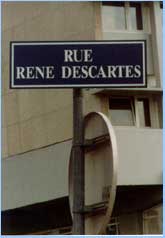
Find the area of the loop bounded
by the
Folium of Descartes:
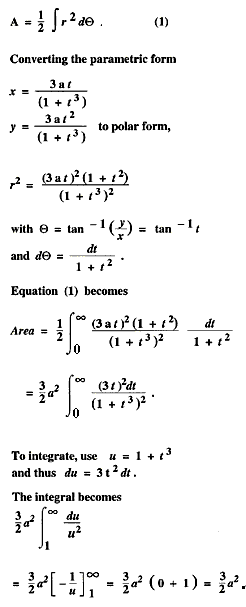
____________
Please click on the
thumbnail image below to see an enlarged view of
these equations.

"Cogito ergo
sum"
( I think, therefore I
am.)
|

Area of
the Loop
Many famous curves
have names from nature. "Folium"
means leaf. "Cissoid" means ivy
shaped. "Conchoid" implies the shape
of a sea shell. "Petal" and "Rose"
are more obvious in English.
|
This section . . . .
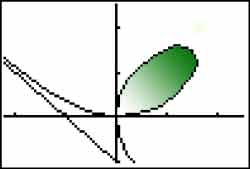
|
Move the
mouse over this line. The slant
asymptote is at
t
= - 1.
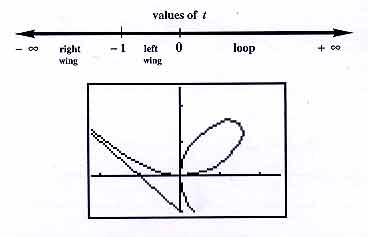
|
|
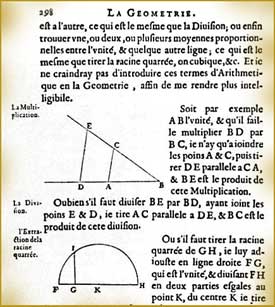 |
|
A Brief Listing
of references that should be in most
university libraries.
|
| Bell, E. T., Men
of Mathematics, Chapter 3 in various
editions and publishers. Bell's essay
entitled Descartes: Gentleman, Soldier,
and Mathematician is a wonderfully
written description of a "particularly full
and interesting life." |
Yates,
R. C., Curves and their
Properties, NCTM, 1952, pp. 98 -
99. Also in A Handbook on Curves
and their Properties, various
publishers including the NCTM. |
|









